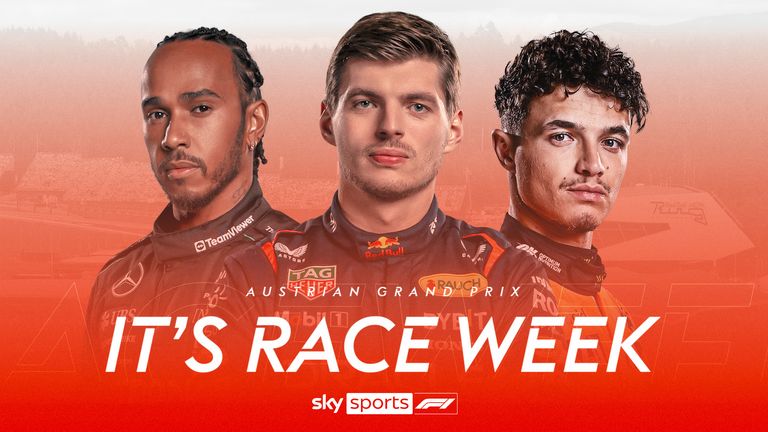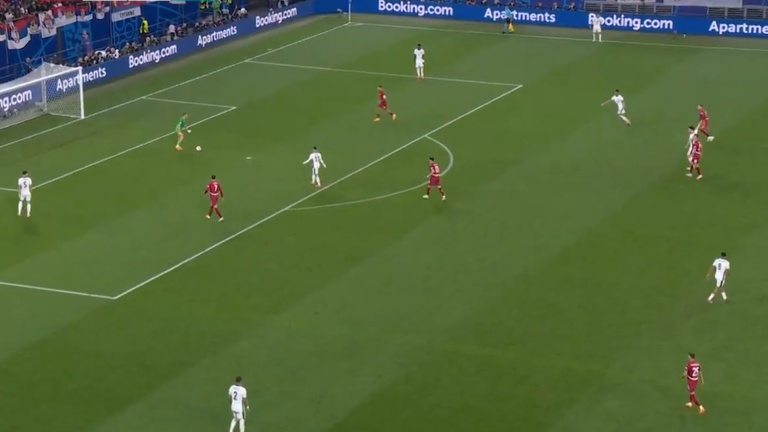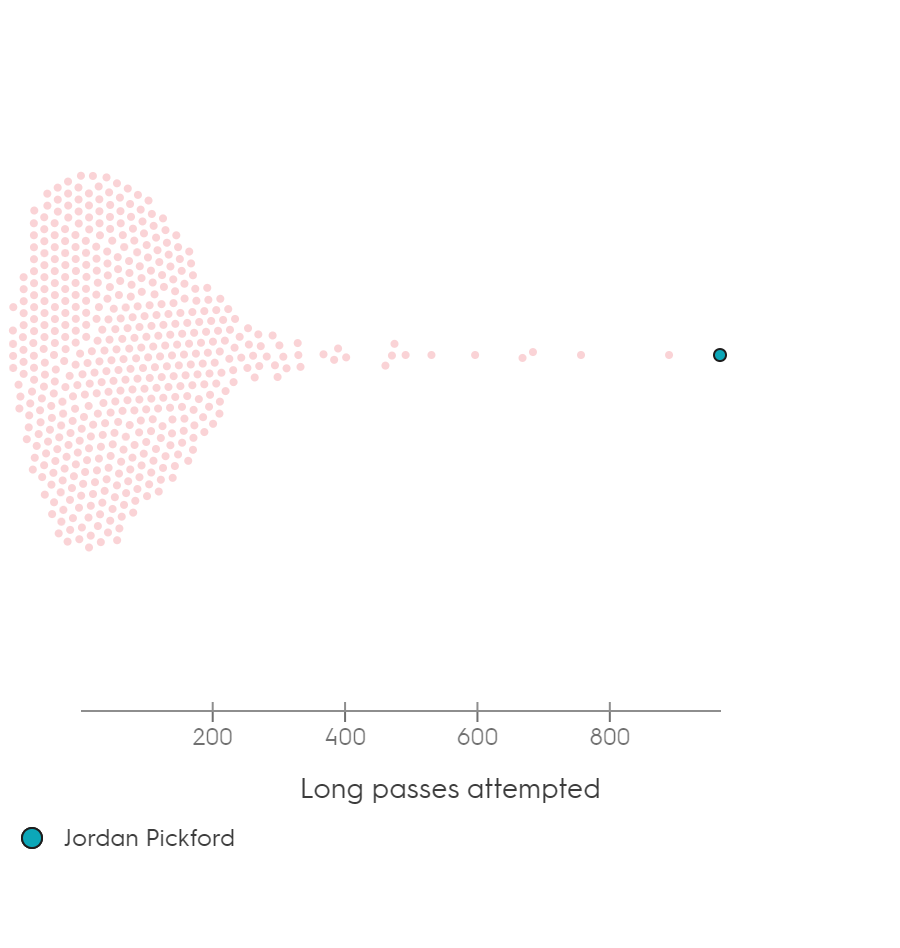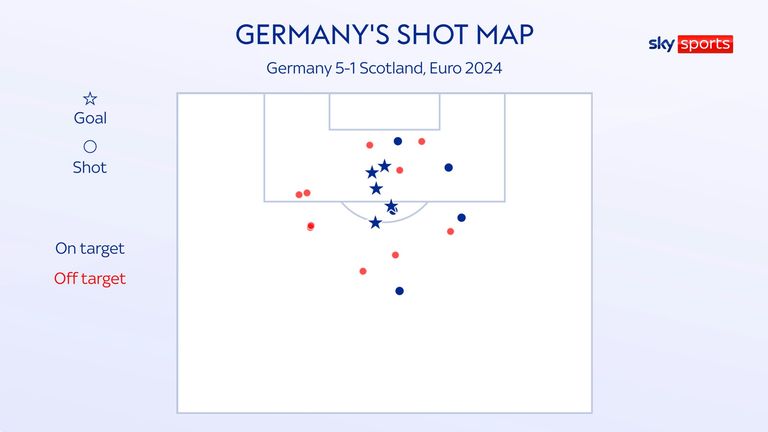Lewis Hamilton says his strong drive to a first podium of the season at last week’s Spanish GP underlined that the “fire” inside him is still there and has vowed to “keep it blazing” as Mercedes bid to continue their recent renaissance.
After enduring a disappointing opening third to his final season at Mercedes, Hamilton finally returned to F1’s podium for the first time since last October on Sunday in a Barcelona drive which included impressive overtakes on Ferrari’s Carlos Sainz and Silver Arrows team-mate George Russell.
Four days on and now in Austria preparing for this weekend’s Sprint format at the Red Bull Ring, Hamilton said in reflection on Barcelona: “It feels good to have races like that.
“Sometimes you don’t get to have a race like that where you get to have your elbows out and have some really fun and challenging overtakes, but that was a really fun one for me.
“Barcelona always puts up a good race and it’s been a strong one for me for many years. We all need good days like that in our lives just to remind us that it’s still there.
“The fire is definitely there and just need to continue to supply it and keep it blazing.”
Hamilton’s podium return came a day after he outqualified Russell for just the second time in 10 races this season, and for the first time since April’s Japanese GP.
Asked about the work that had gone in to understanding why he was experiencing difficulties on a Saturday, Hamilton said: “A huge amount of analysis. I’d requested a lot of information from the team on how we can improve and where we are lacking.
“It is simply with tyres, so just continuing to improve on our processes from session to session. Particularly once you get to qualifying things to change a little bit, the car is obviously lighter and you’re in the DRS a lot more.
“But time will tell. I think we cracked something, now it’s to try and build on that.”
Can Mercedes remain in the mix at the front in Austria?
Hamilton’s third place in Spain followed on from Russell achieving the team’s first 2024 podium at the previous race in Canada, on a weekend in which the younger Briton also claimed his first pole position of the year.
Mercedes, who have outperformed Ferrari at the last two events but remain behind Red Bull and McLaren, have brought a succession of judicious updates to their W15 car in recent races to successfully close the gap on the front of the field.
“Probably just the whole team is, not necessarily on a high, but there’s a great energy within the team that we finally have the direction that we need to be working towards,” added Hamilton.
“People in the factory definitely have a spring in their step and for me, for sure, it feels good to be back in competitive position.
“I just want to continue it, but we don’t want to get ahead of ourselves for sure.”
Buoyed by that recent improvement, Mercedes will chase a third successive podium in Austria this weekend – a streak they last managed in 2022.
“The team have done a great job bringing these developments through earlier than expected in dribs and drabs rather than one big upgrade at one race,” said Russell.
“Clearly the car has made a big step forward, but we still need a little bit extra if we want to get in that fight week in, week out.
“At the end of the day we’ve had two races so far with the whole package, one of which we could have won (Canada) and we probably had the fastest car, and one of which (Spain) we were third quickest and Lewis was on the podium,
“That’s also the natural fluctuations of car performance, so let’s see what the next two races bring. But for sure we have made a really good step.”
Russell added: “Coming here [it’s] a very different circuit once again. I think Ferrari will probably be pretty competitive, they have been very good here the last couple of years, but we feel really excited to be back in this mix.
“We know McLaren and Red Bull are still a little bit ahead of us, but it swings quick. We saw in Montreal that we were probably the most competitive, so let’s see what this weekend brings.”
Sky Sports F1’s live Austrian GP schedule
Thursday June 27
12.30pm: Drivers’ Press Conference
Friday June 28
7.50am: F3 Practice
9am: F2 Practice
11am: Austrian GP Practice One (session starts at 11.30am)
12.55pm: F3 Qualifying
1.50pm: F2 Qualifying
3pm: Austrian GP Sprint Qualifying (session starts at 3.30pm)*
Saturday June 29
8.25am: F3 Sprint
10am: Austrian GP Sprint (race starts at 11am)*
12.25pm: F2 Sprint
2pm: Austrian GP Qualifying build-up
3pm: Austrian GP Qualifying
5pm: Ted’s Qualifying Notebook
Sunday June 30
7.25am: F3 Feature Race
8.55am: F2 Feature Race
12:30pm: Grand Prix Sunday: Austrian GP build-up*
2pm: The AUSTRIAN GRAND PRIX*
4pm: Chequered Flag: Austrian GP reaction*
5pm: Ted’s Notebook
*also live on Sky Sports Main Event
F1’s triple-header continues at the Austrian Grand Prix this coming week – with the Sprint format returning at the Red Bull Ring. Watch every session live on Sky Sports F1, with Sunday’s big race at 2pm. Stream every F1 race and more with a NOW Sports Month Membership – No contract, cancel anytime








